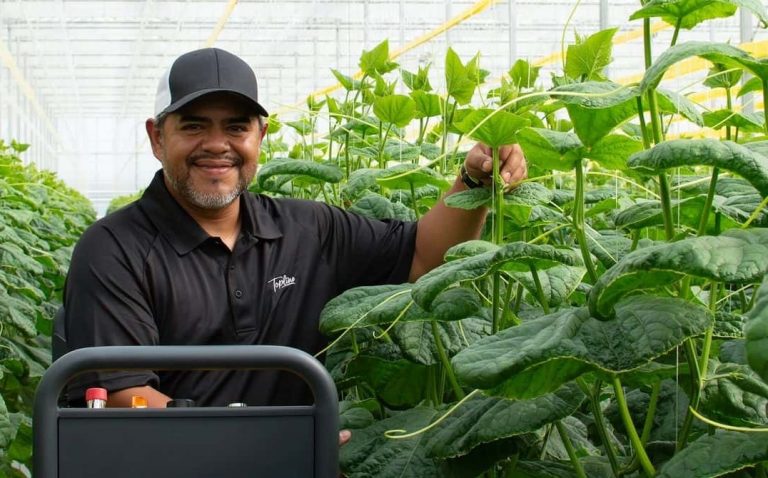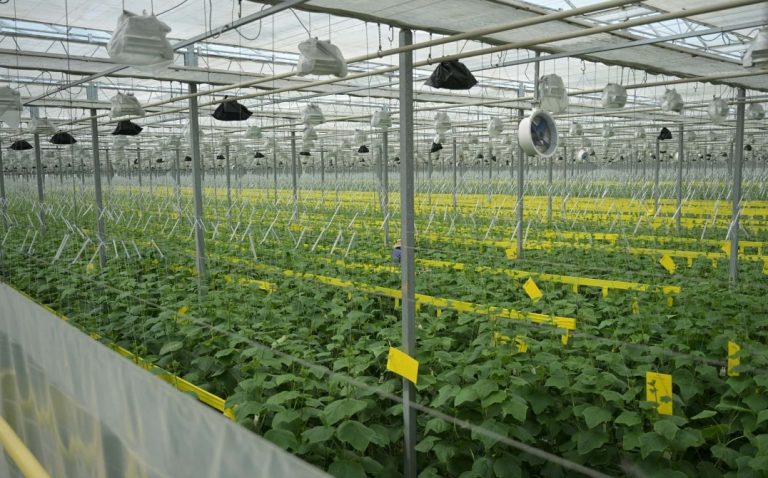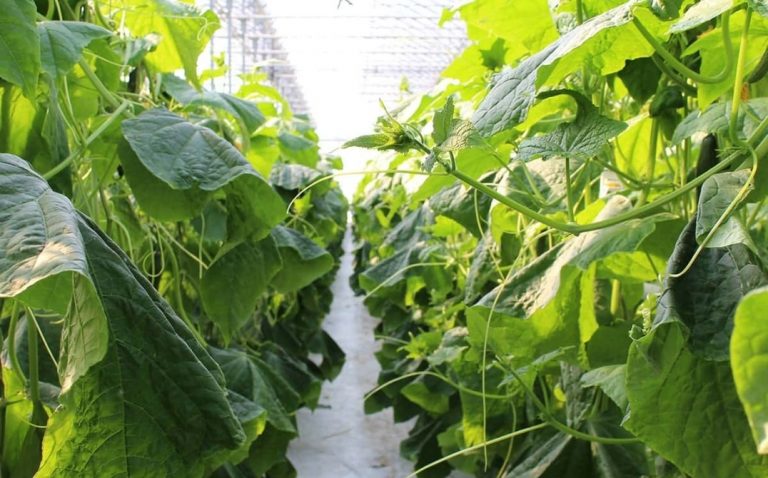As climate change, population growth, and global supply chain disruptions challenge traditional agriculture, technology is emerging as a powerful ally in reshaping food systems. One of the most promising developments in this space is Greenhouse growing, where integrated technologies enable more sustainable, efficient, and fresh focused food production. This means Greenhouse grown veggies are picked at their peak, packed and shipped within 24 hours because of advanced growing systems. This is something to feel good about.
Technology-Driven Precision in Crop Cultivation
At the core of this revolution is Controlled Environment Agriculture (CEA) — a system that utilizes data and automation to monitor and adjust all aspects of crop production, including:
- Temperature and humidity
- CO₂ levels
- Lighting and irrigation schedules
Through the use of automated sensors, Greenhouses can optimize conditions in real time, allowing for:
- Consistent and flavorful veggies
- Reduced use of water and fertilizers
- Viable growing even in harsh or urban environments
Education and Workforce Development
Smart Greenhouses are helping build the next generation of agri-tech professionals. Educational initiatives include:
- Integration of hydroponics labs and Greenhouse systems
- Internships and apprenticeships at Greenhouses to support future jobs
- Career development in:
- Transportation
- Marketing
- Human Resources
- Integrated Pest Management
- Government Relations
- Sustainable agriculture
- Data science
- Environmental engineering
Environmental Sustainability
Modern Greenhouse systems are designed with sustainability in mind. Features often include:
- Solar panels to power operations
- Rainwater harvesting systems
- Natural pollination with bumble bees and ladybugs
- CO2 recapture and reintroduction
- 100% Closed-loop hydroponics, which:
- Use 80–90% less water
- Minimize chemical inputs
- Reduce land and ecosystem disruption
By leveraging advanced technology and smart design, Greenhouses are producing more food with fewer resources while educating, employing, and empowering people in communities.




